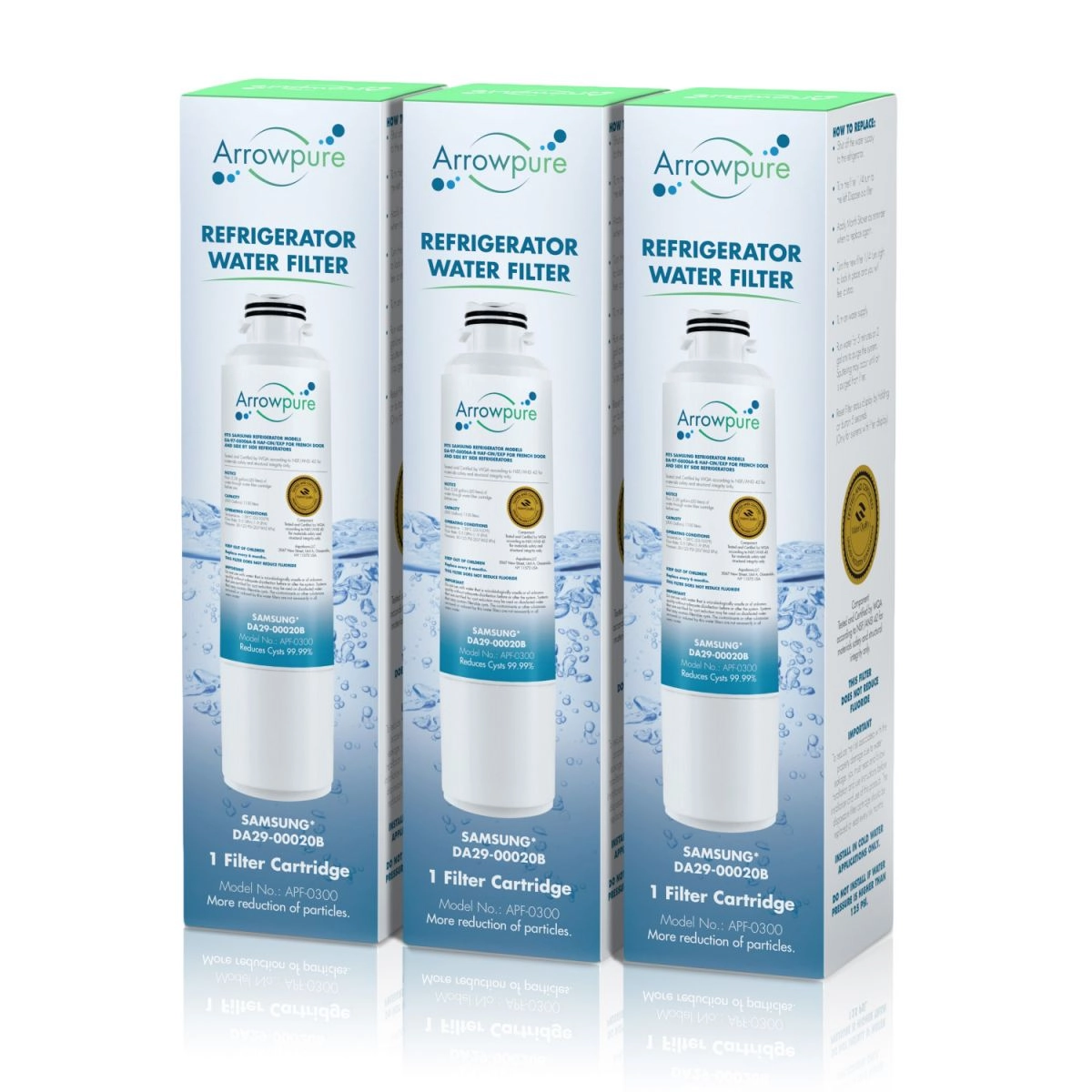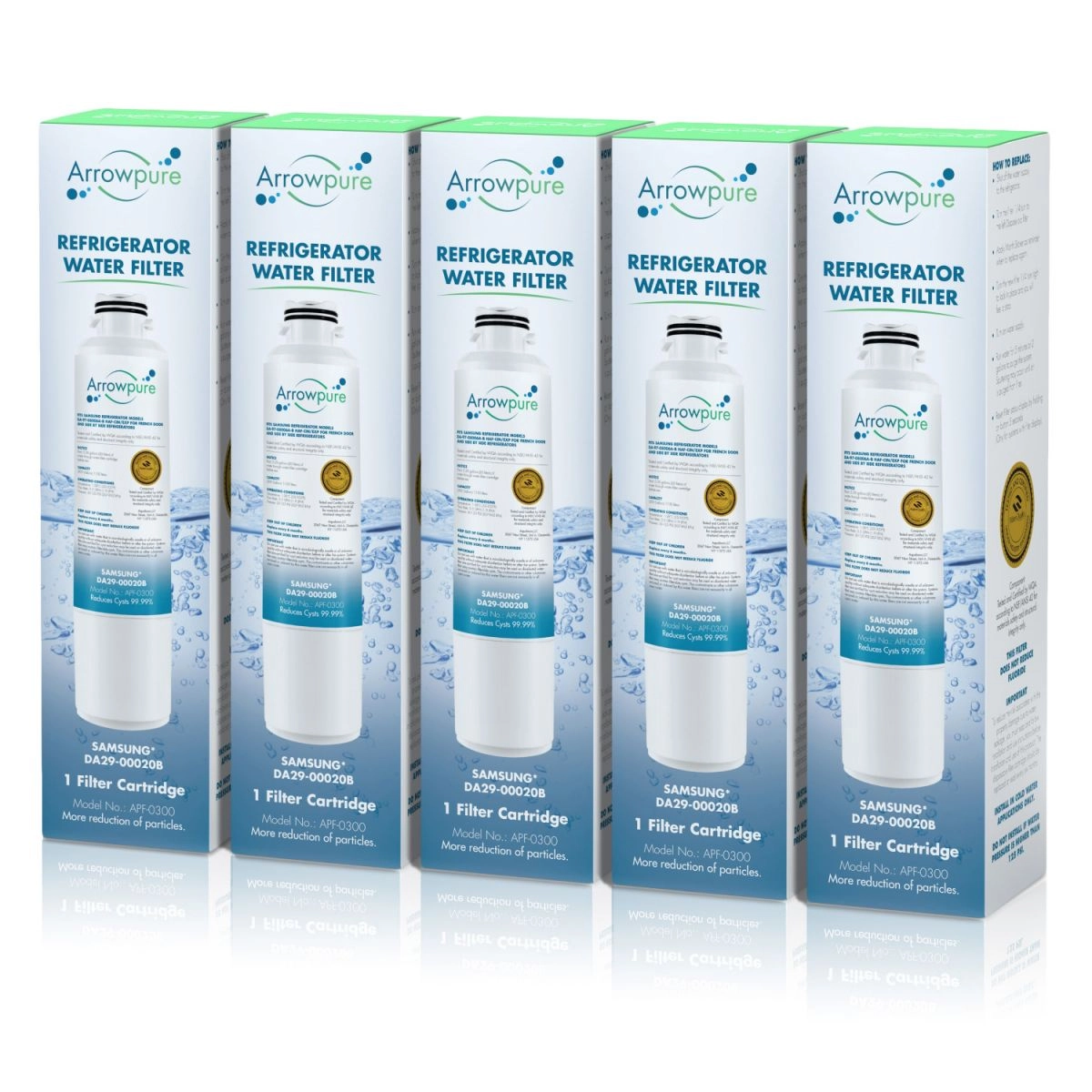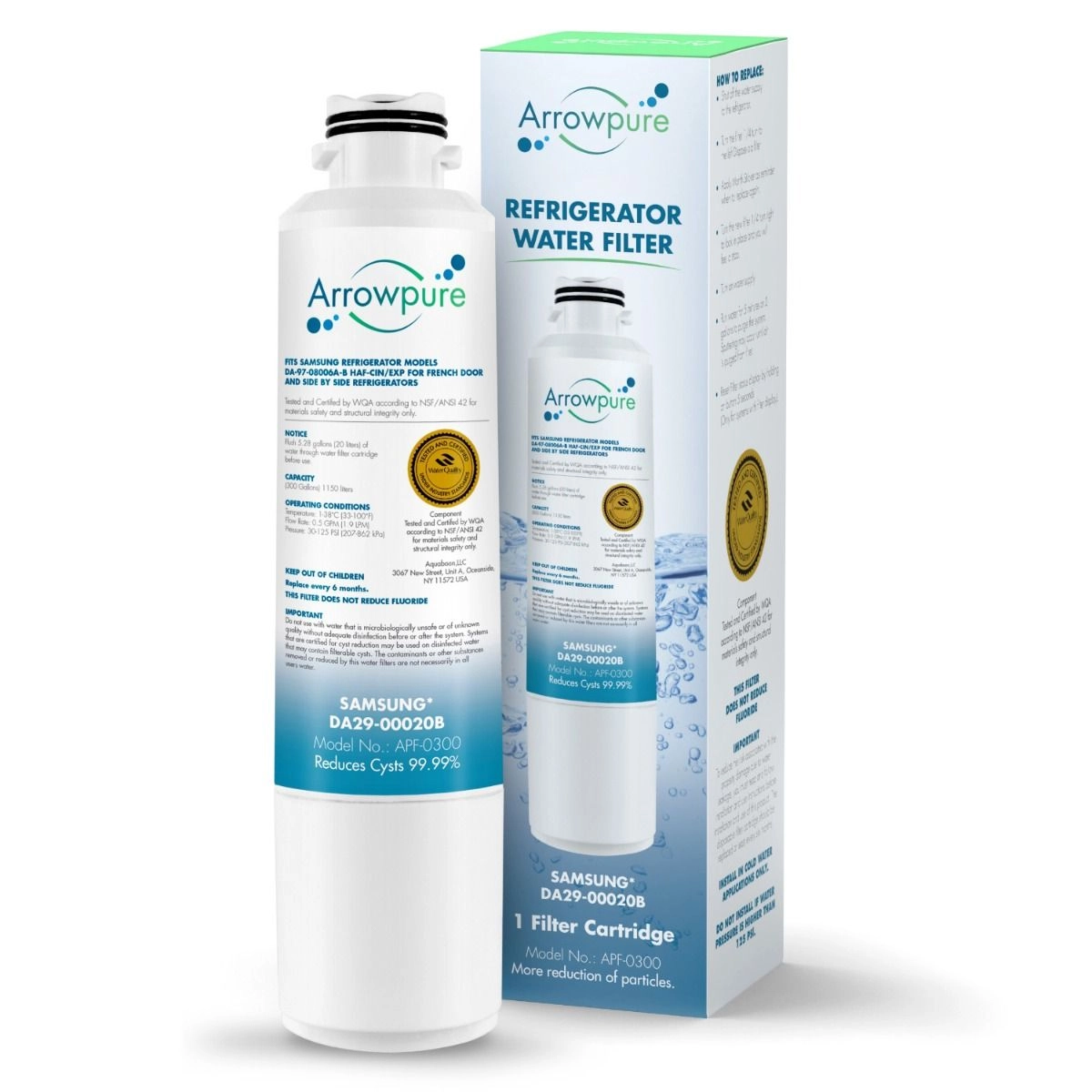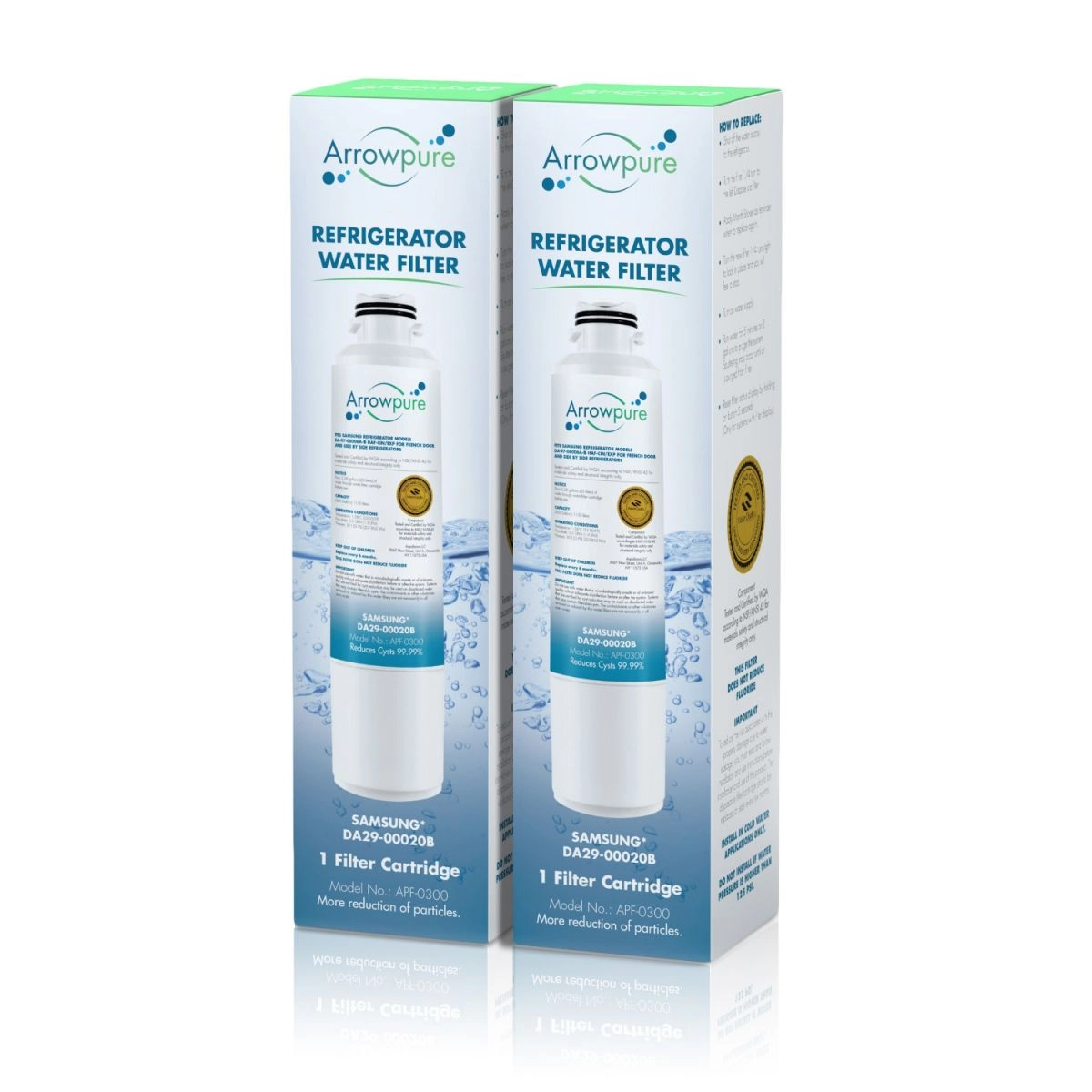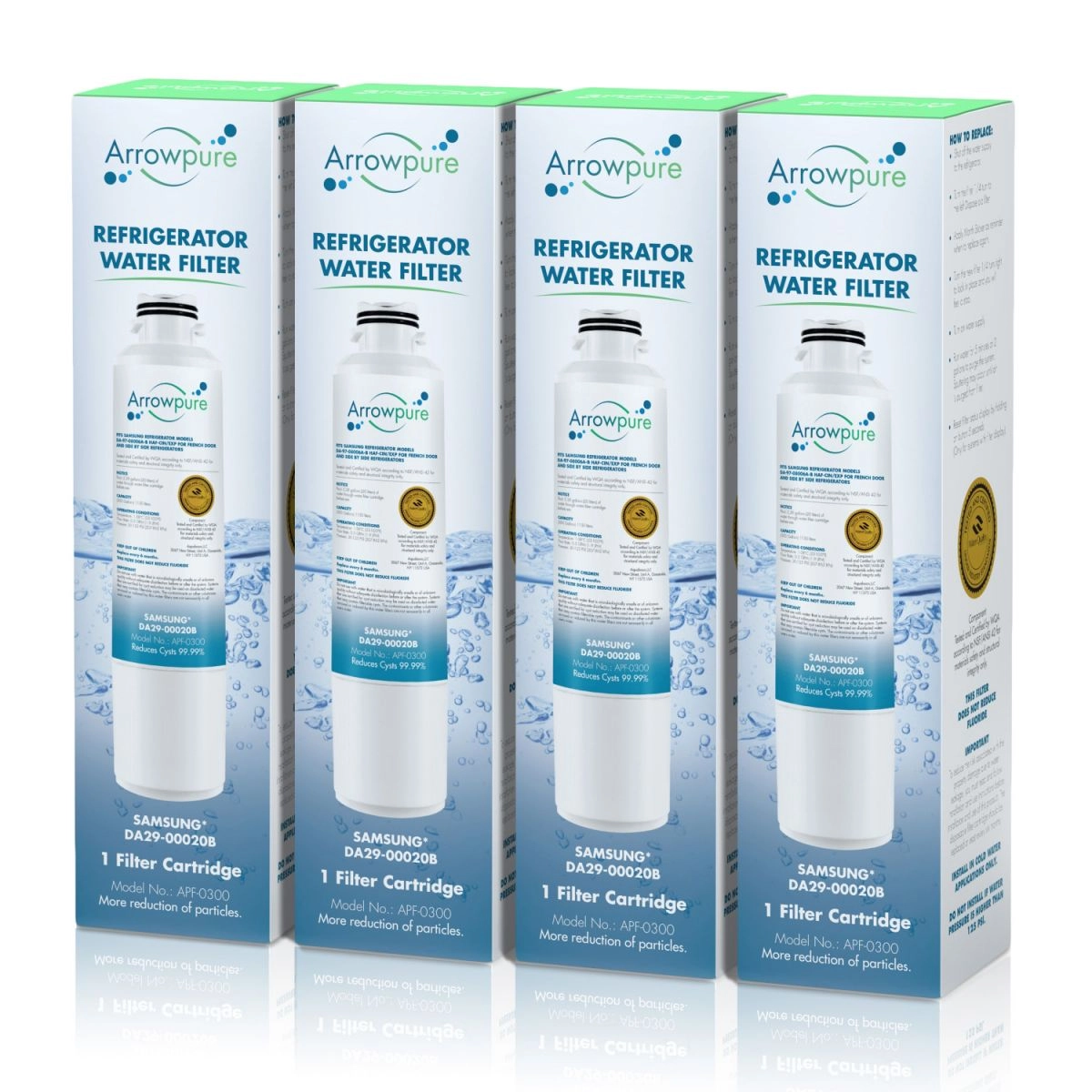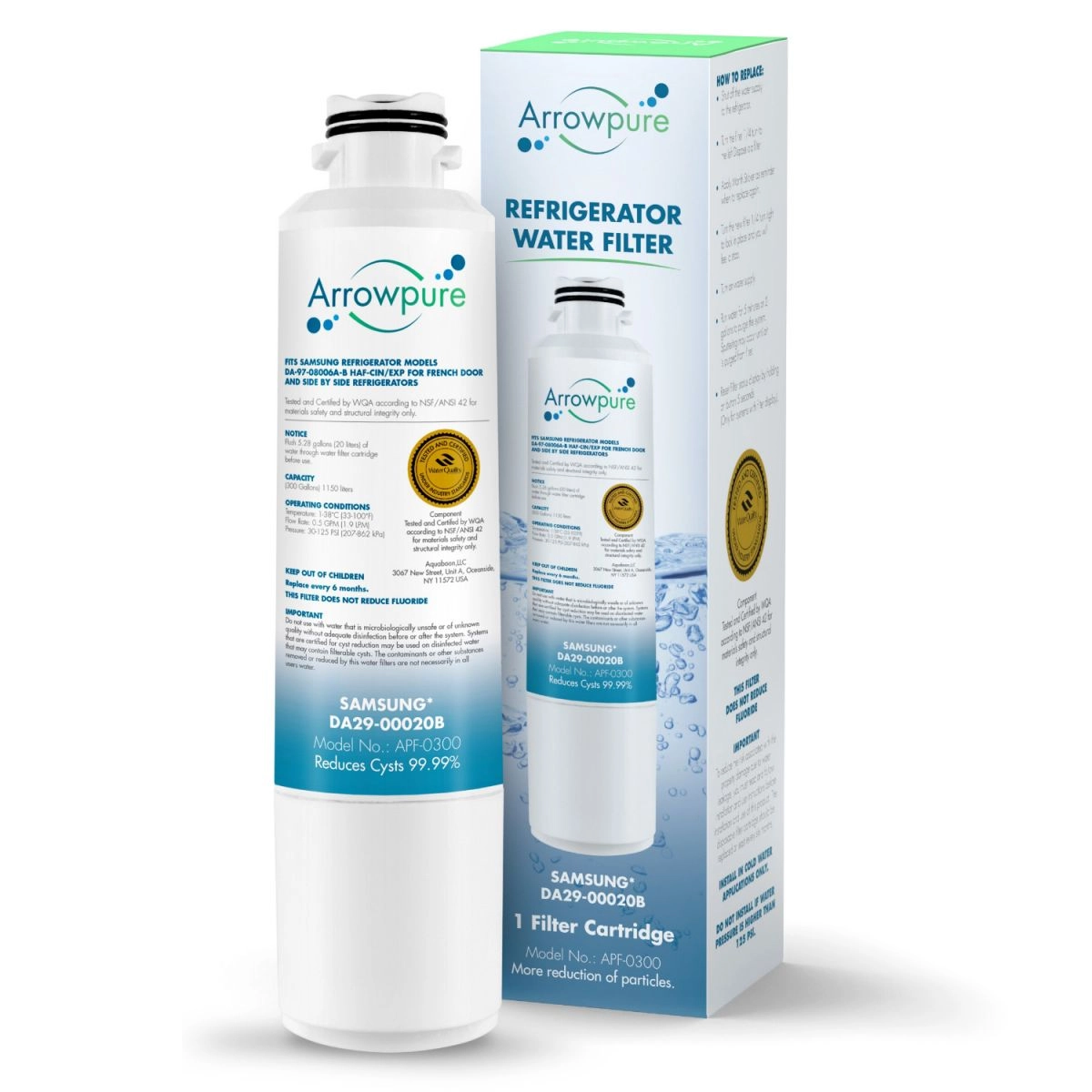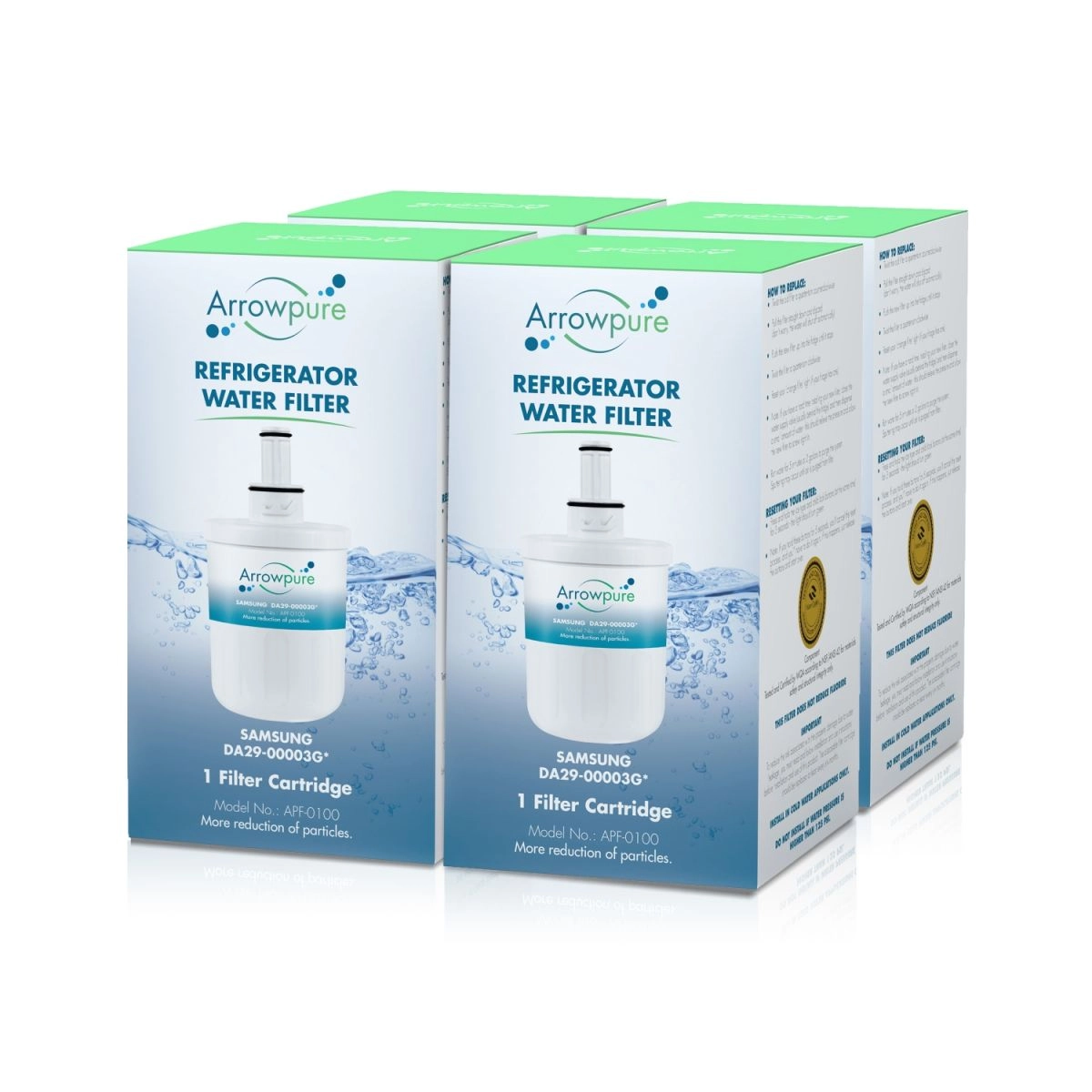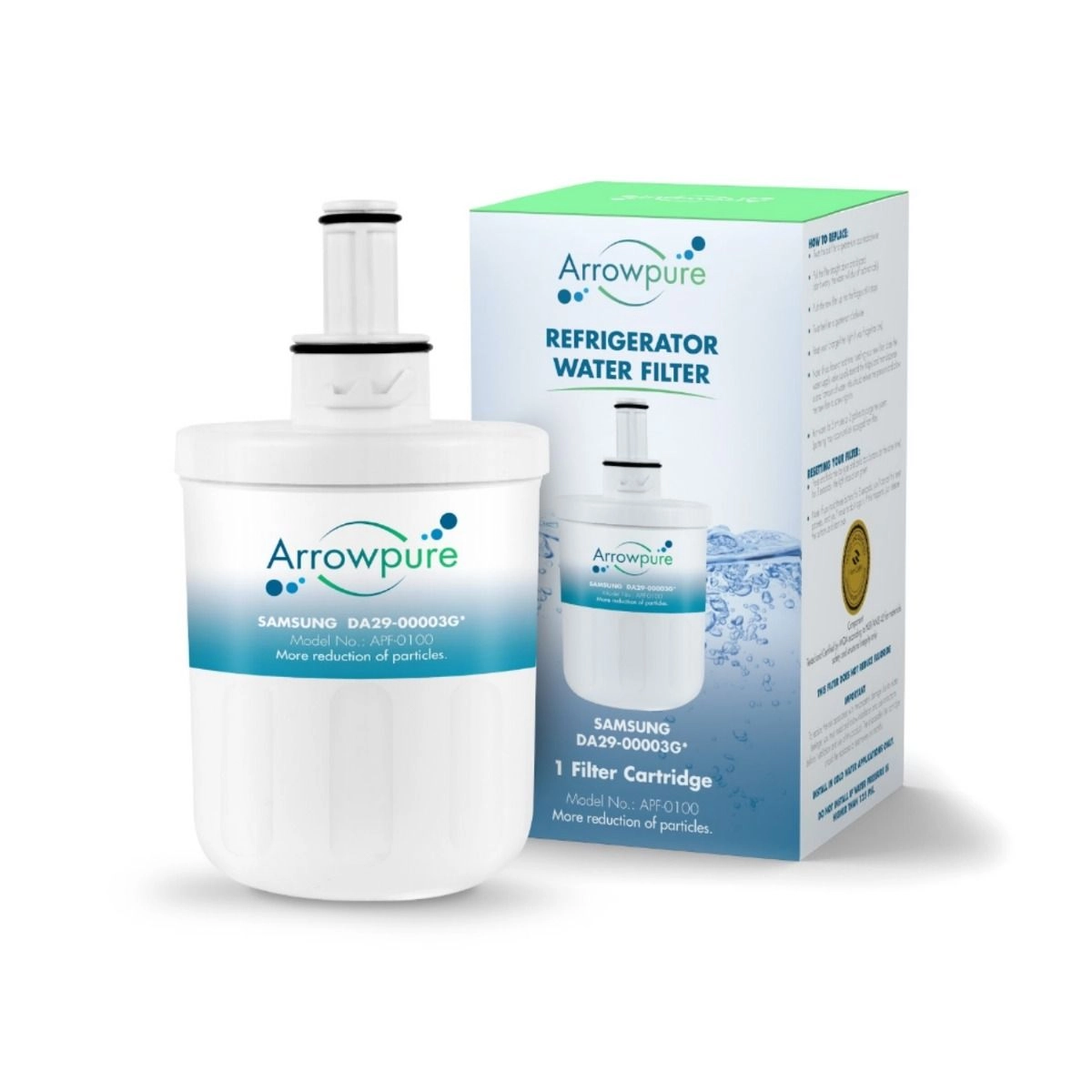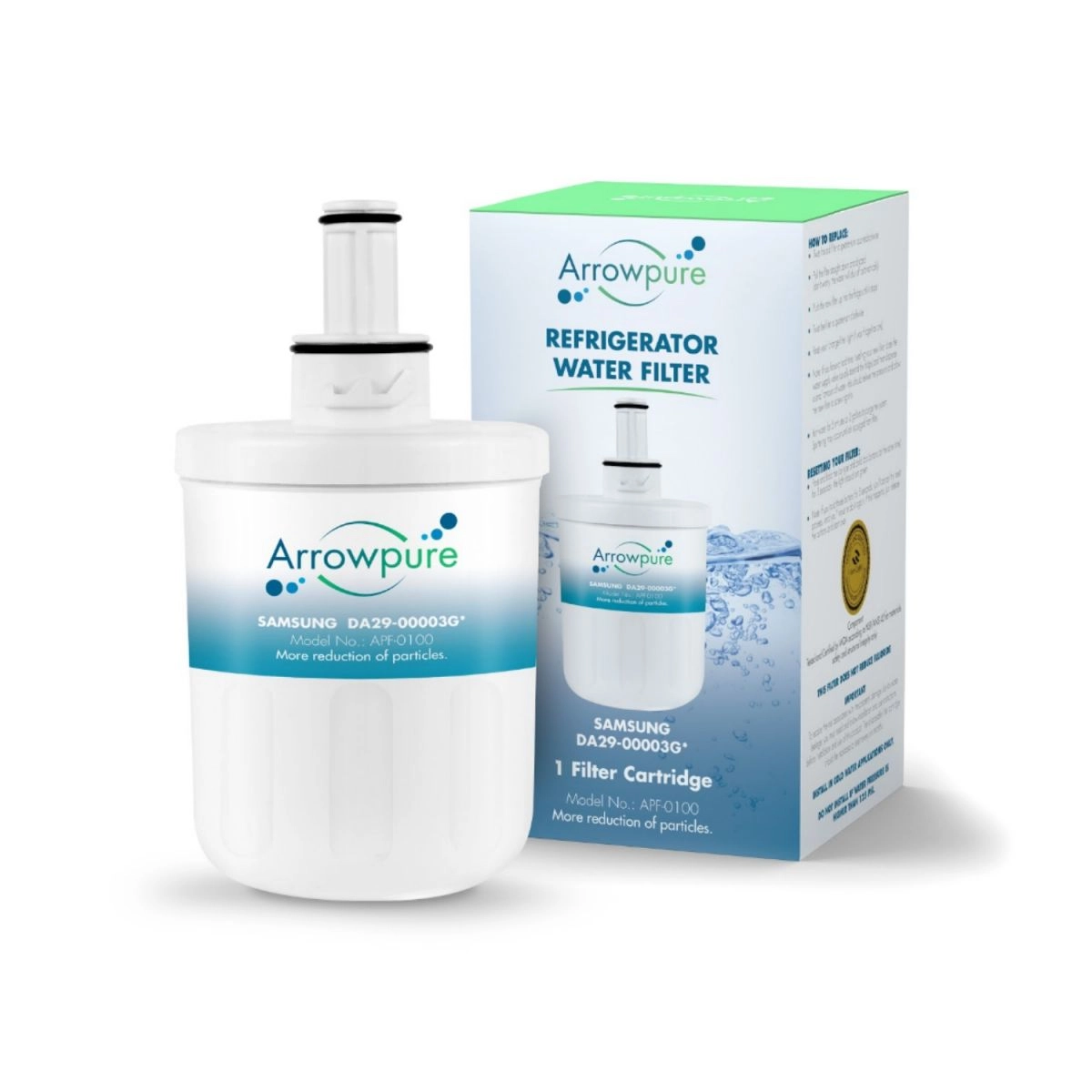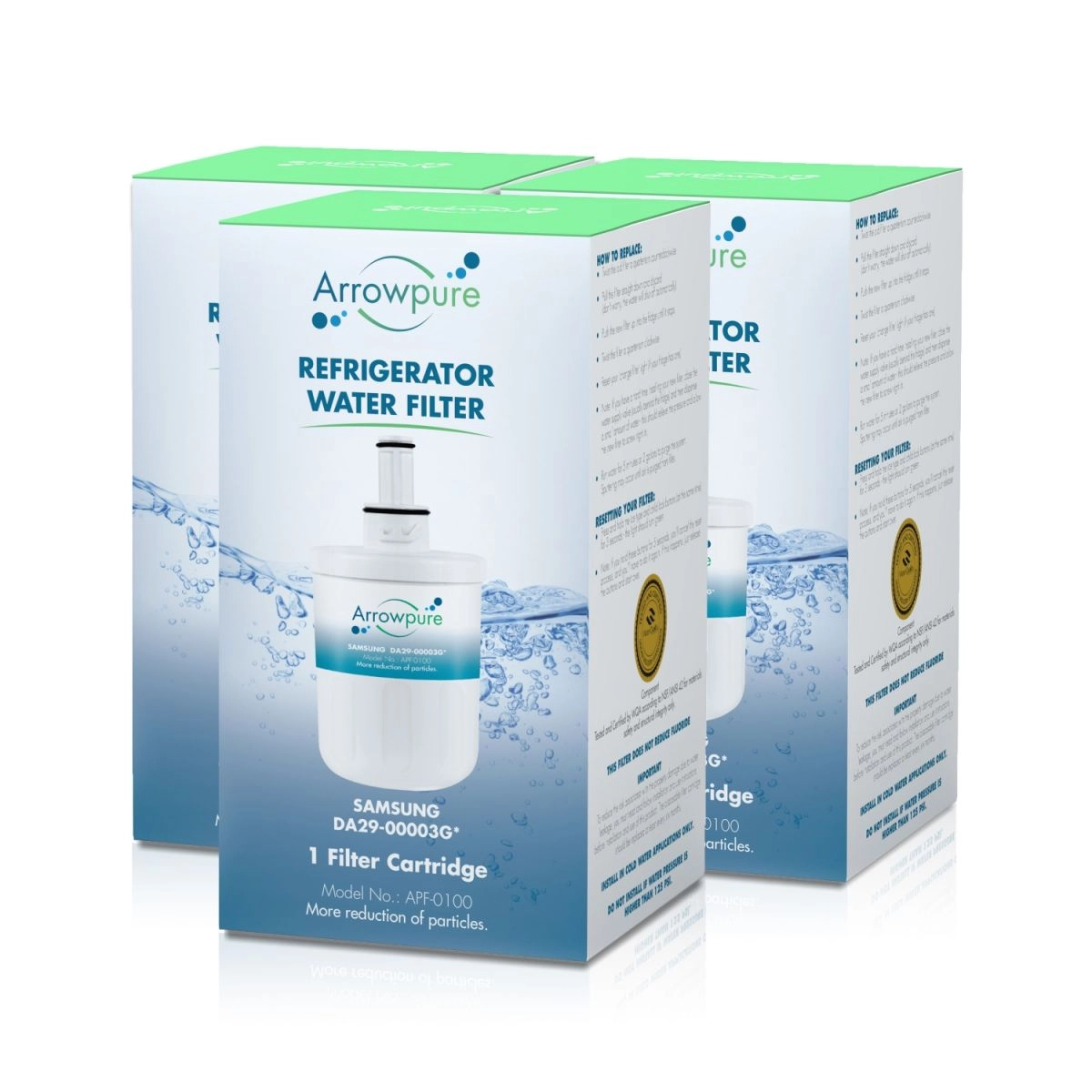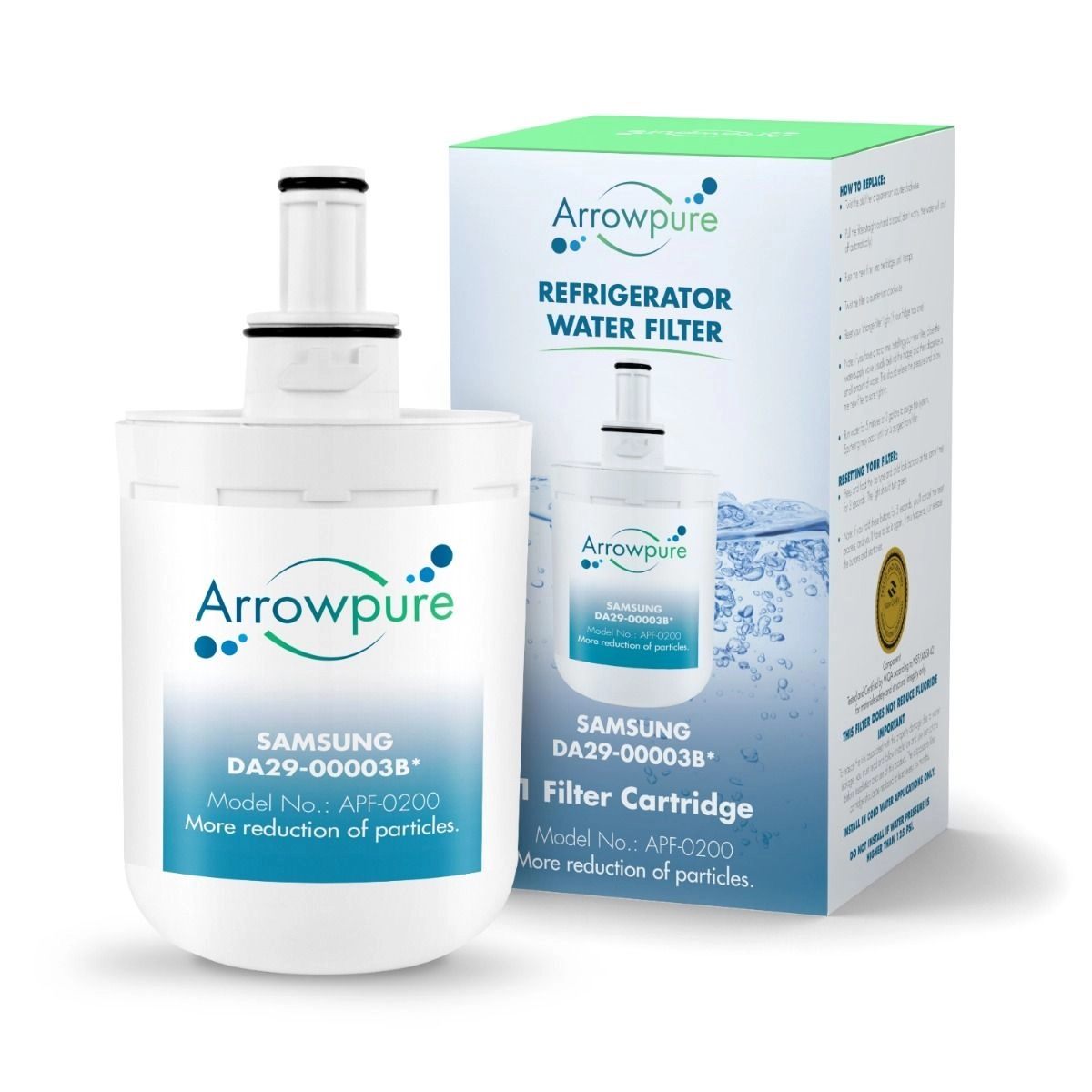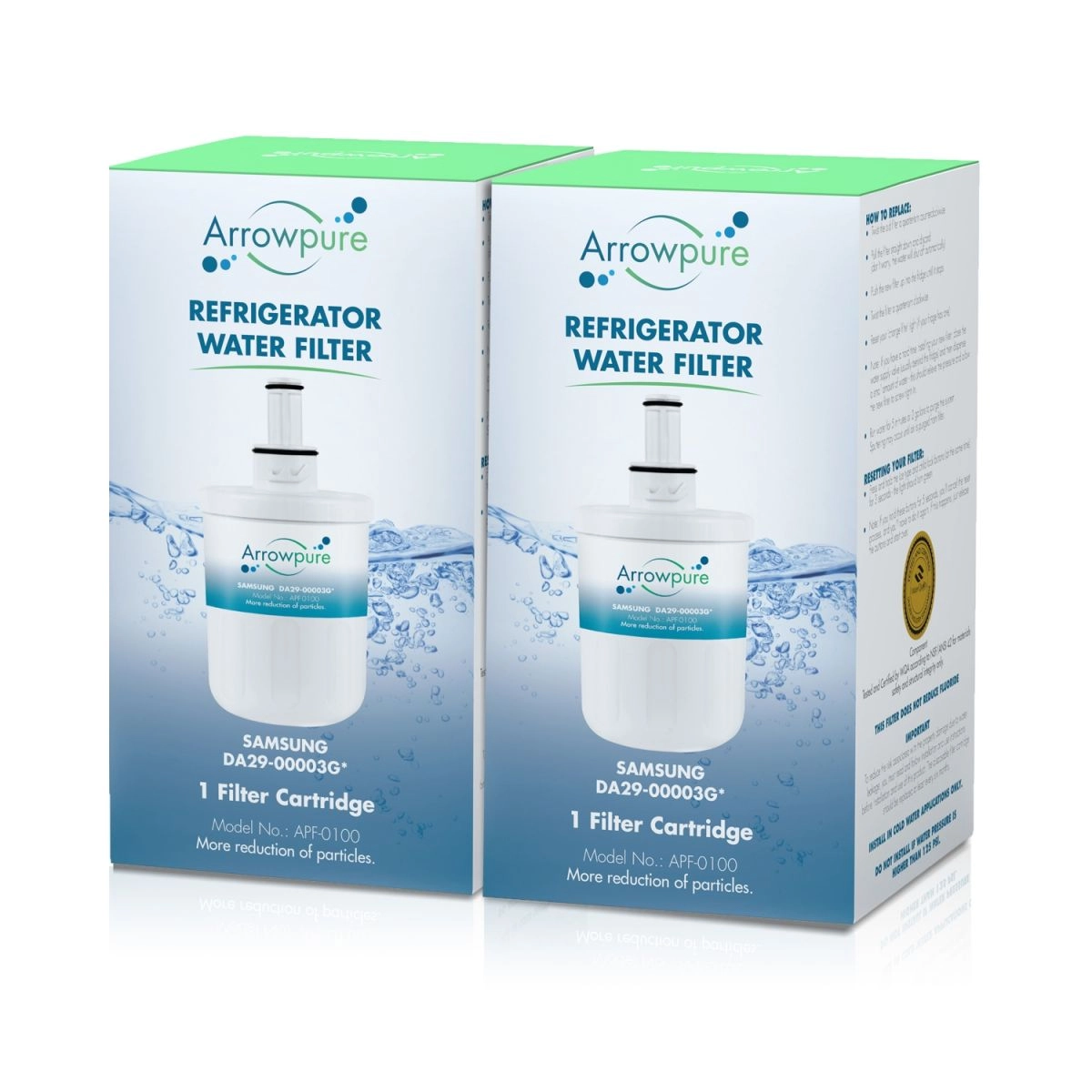Samsung Refrigerator Water Filters

Having a fridge dispenser equipped with a Samsung water filter is one of the best ways to ensure your family consumes safe and clean water. These filters efficiently remove lead, pesticides, harmful gases, and pharmaceutical residues, providing peace of mind with every sip.
Additionally, contaminants like sand and silt can enter your water supply, potentially causing gastric discomfort over time. Fortunately, a water filter for Samsung refrigerators quickly traps these particles, making your water safe for daily consumption.
How Do Samsung Water Filters Work?
Samsung refrigerator filters use activated carbon cartridges, which act as powerful magnets for impurities, bacteria, and unwanted chemicals.
- Neutralizes Chlorine: Removes chlorine residues from treated water, improving taste and smell.
- Prevents Bacteria Growth: Blocks harmful microorganisms from passing into your drinking water.
However, even the best filters need regular replacements to maintain efficiency.
Pro Tip: Replace your Samsung water filter every six months or after 300 gallons of water usage.
Benefits of Using a Samsung Water Filter
Installing a Samsung water filter replacement provides several health and convenience benefits:
- ✅ Improved Health: Blocks harmful contaminants and bacteria.
- ✅ Better Taste: Removes chlorine, enhancing water flavor.
- ✅ Easy Maintenance: Requires replacement only twice a year.
- ✅ Long-lasting Appliance: Prevents clogs and strain on the refrigerator system.
Types of Samsung Water Filters
Samsung offers three primary filter cartridge models:
- HAF-CIN
- HAF-QIN
- HAF-CUI
Ensure compatibility by checking your refrigerator manual or consulting the manufacturer’s recommendations.
How to Replace a Samsung Water Filter
Follow these simple steps to replace your Samsung refrigerator filter:
- Locate the cartridge in your refrigerator.
- Twist and remove the old filter.
- Install the new cartridge and twist to lock it securely.
- Flush the system by dispensing a few gallons of water.
- Reset the dispenser indicator to ensure proper monitoring.

